Exposed And Unprepared: India’s 9 States Face Severe Climate Risks, Among World’s Most Vulnerable Region
Climate Risk Warning for 9 Indian States
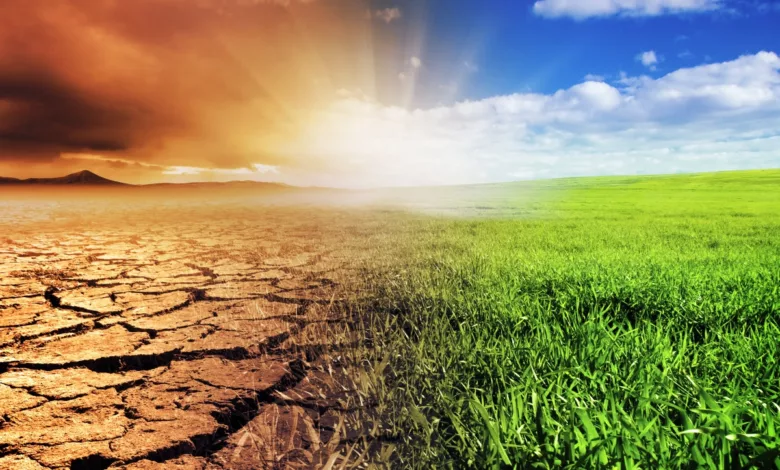
A threat to human civilization is posed by climate change. Each year, millions of people are impacted by global warming, shifting weather patterns, and an increase in the frequency of extreme weather events. India is one of the nations most vulnerable to these effects due to its large population and inadequate infrastructure. There is an urgent need to protect vulnerable populations and increase their climate change resistance. A recent evaluation placed nine Indian states on a list of the most susceptible locations on the globe.
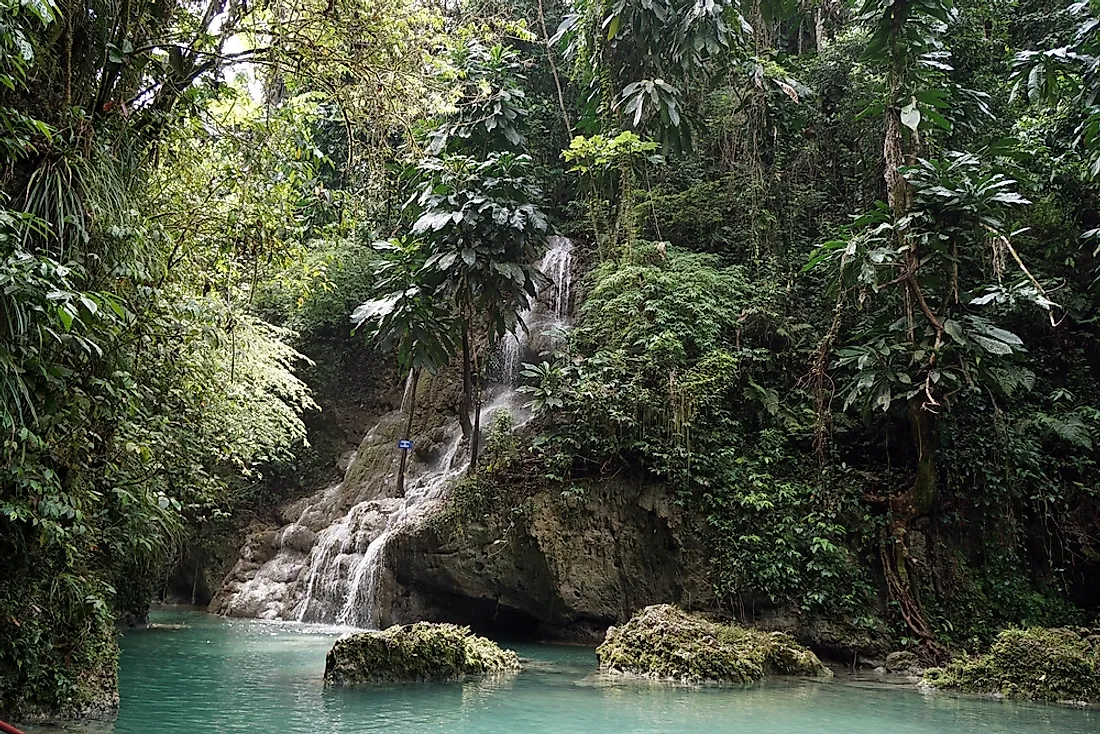
India’s Climate Challenges
Many climate-related occurrences pose threats to the economy, public health, and environment of India. Due to global warming, heat waves, droughts, and wildfires are occurring more frequently, which is detrimental to crops, reduces agricultural output, and increases the likelihood of famine.
As monsoon patterns shift, floods are occurring more frequently and with greater power. This is inflicting significant harm to structures, businesses, and infrastructure. As sea levels rise, millions of Indians who live and work in low-lying coastal areas risk losing their homes and means of subsistence. Due to climate change, air and water pollution, both of which are harmful to human health, is getting worse.
In India, climate change is already being felt. In 2015, a single heatwave claimed the lives of over 2,500 individuals. This was one of the numerous heat waves to strike the nation in recent years.
Floods and landslides are increasing in frequency and intensity, which has been connected to an increase in fatalities and population movements. Climate change has had a devastating impact on India’s agricultural sector, resulting in less food and increased debt and suffering for the nation’s farmers.

The 9 States at Risk
A new report by the McKinsey Global Institute has identified nine Indian states as among the most vulnerable places in the world to environmental risks. These states are Bihar, Chhattisgarh, Jharkhand, Madhya Pradesh, Odisha, Rajasthan, Uttar Pradesh, West Bengal, and Assam. Together, these states account for over 40% of India’s population and are home to many of the country’s poorest communities.
Each of these states faces a unique set of environmental risks. For example, Bihar and Uttar Pradesh are both located in the flood-prone Ganges-Brahmaputra delta, which is at high risk of sea level rise and extreme weather events.
Chhattisgarh and Madhya Pradesh are both located in central India, where water scarcity is a growing problem due to changing monsoon patterns and groundwater depletion.
Rajasthan is the aridest state in India and is highly vulnerable to droughts, which are expected to become more frequent and severe due to climate change. West Bengal and Assam are located in the northeastern part of India, where floods, landslides, and other extreme weather events are a major risk.

Challenges Facing Vulnerable Populations in India’s At-Risk States
In India’s nine most susceptible states, the poor, women, children, and the country’s residents suffer the most from climate change.
Without having access to things like clean drinking water, proper sanitation, and medical treatment, is one of the most significant difficulties these communities confront. In some regions, climate change could exacerbate concerns such as a lack of water and the growth of water-borne diseases.
Bihar is one of the states in which flooding and drought have harmed water supplies and made it difficult for residents to obtain clean water. Water-borne infections such as diarrhoea are on the rise, and young children are especially susceptible to contracting them.
Another issue is the impact of climate change on people’s ability to work. Numerous residents of these states derive their income from agricultural and natural resource businesses.
Yet, climate change may be detrimental to these industries. Several farmers in the frequently cyclone-ravaged state of Odisha are already battling to make ends meet. If their crops and cattle are lost, they may be forced to liquidate valuable assets to compensate for the harm.
Women and children are particularly vulnerable to the effects of climate change in India’s most vulnerable states. Women may find it more difficult to deal with the effects of climate change due to unequal access to resources and decision-making power.
In Uttar Pradesh, a region that experiences extreme heat during heatwaves, women are more susceptible to illness because they lack access to cooling equipment and are less mobile than males.
Helping the rural people of India’s most vulnerable states adjust to climate change is hard. Many of these groups find it hard to get information and resources on how to adapt to climate change because they are spread out and often live in remote areas.
Also, many rural residents depend on woods and rivers for food. The deterioration of these resources as a result of climate change could have a significant impact on their way of life.
To help people in need in India’s high-risk states, a comprehensive plan would be needed that takes into account the different needs and risks of different groups. This means that more money needs to be spent on water and health care, and more work needs to be done to make businesses like agriculture and resource management more stable.
In addition, there will need to be laws that promote gender equality and give marginalised groups a bigger role in climate change adaptation debates. By addressing these issues, India can provide a safer future for its citizens, particularly those who are most likely to be harmed by climate change.
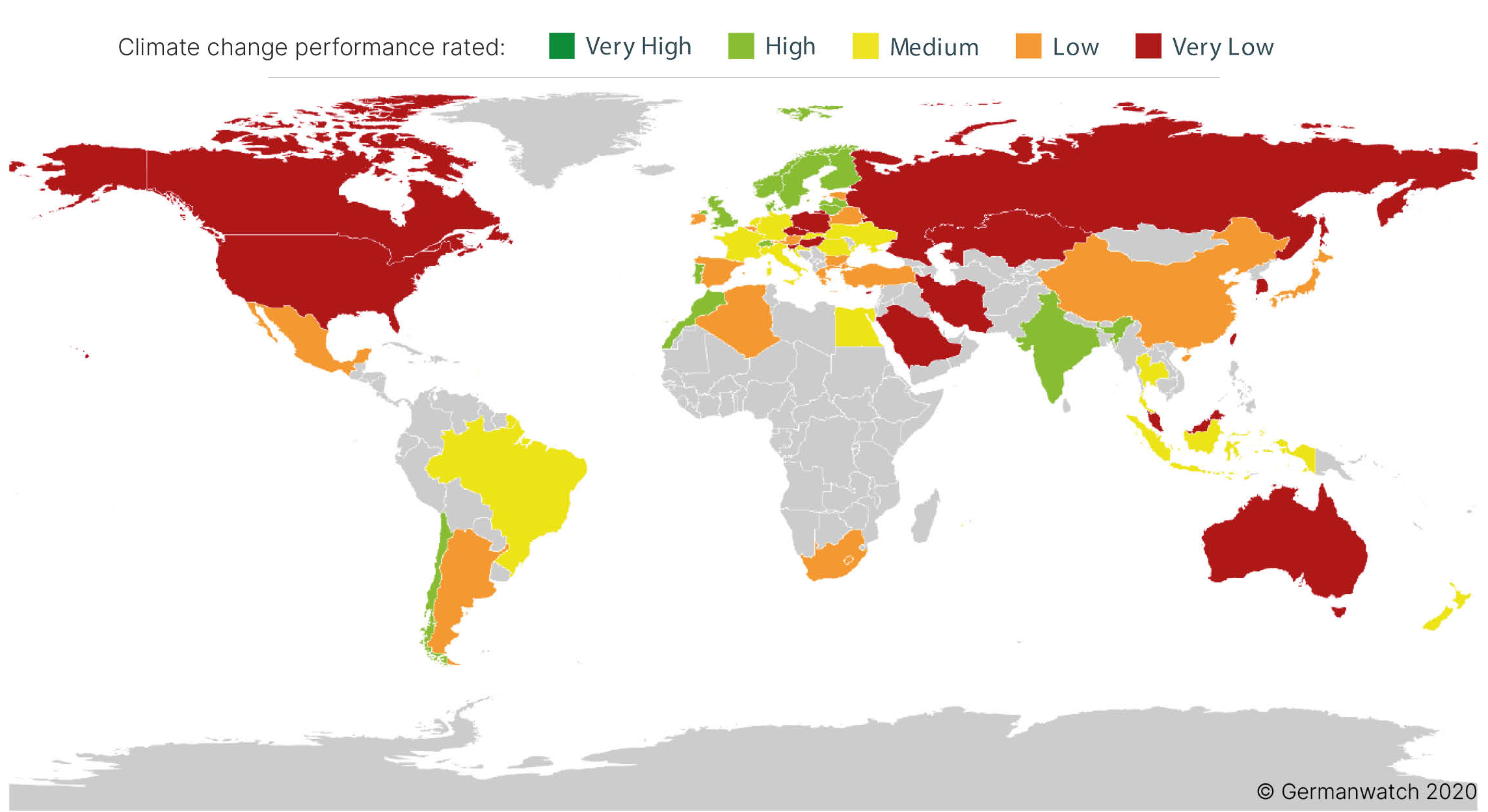
International Comparison
Climate change is causing problems in more than one country, but India is especially vulnerable because of its large population, widespread poverty, and lack of good infrastructure. India is the second-most populated nation after China. It has almost 1,300 million inhabitants.
Some of these individuals are so impoverished that they lack even running water and toilets, let alone health care. India’s infrastructure is inadequate to deal with the magnitude of its issues, and many regions lack flood protection, drought-resistant crops, and other measures to combat climate change.
In comparison to other nations, India is extremely susceptible to climate hazards. India is the sixth nation most likely to suffer adverse effects from climate change, according to Germanwatch’s Climate Risk Index 2020.
According to the paper, natural disasters such as floods, heat waves, and cyclones cost the Indian economy $37 billion and killed more than 2,000 people between 1999 and 2018. The study also examined how poverty, inequality, and poor leadership increase India’s vulnerability to climate change.
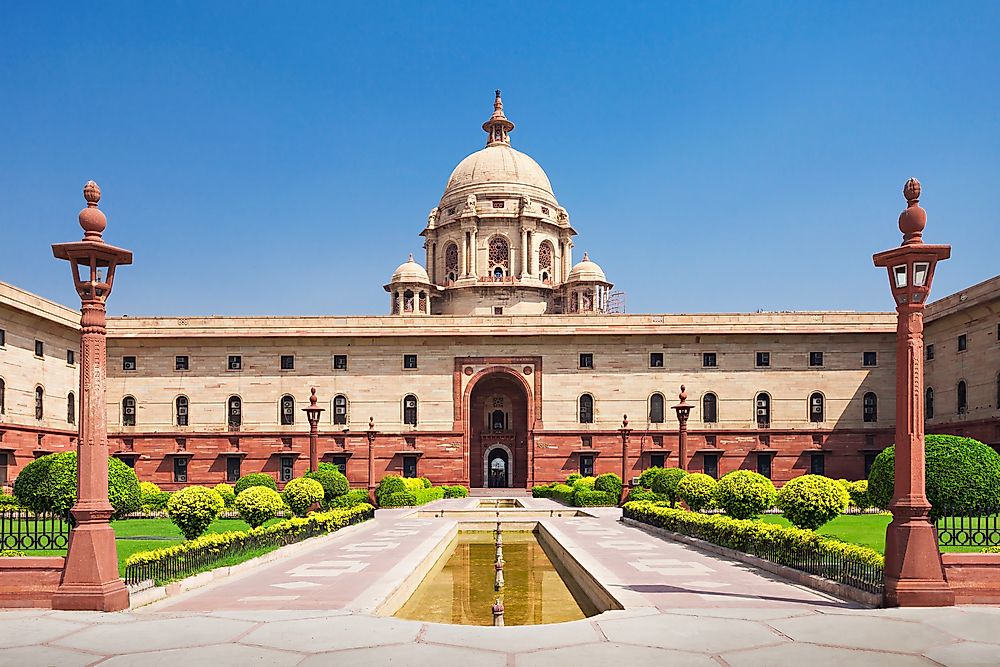
Government Response
In order to combat the effects of climate change and protect those who are more susceptible, the government of India has enacted a number of different measures. India made a commitment in 2015, as part of the Paris Climate Accord, to cut its emissions of greenhouse gases by between 35 and 50 percent by the year 2030, compared to the levels in 2005.
Both the Green India Mission and the National Solar Project are examples of government programmes that support the use of renewable energy sources. Both of these projects have the end goal of increasing the amount of renewable energy that is included into India’s overall energy mix and fostering more tree planting.
In addition to these activities, the Indian government has started a variety of schemes to make the nation more vulnerable to climate change and to safeguard its most vulnerable residents.
For instance, the Pradhan Mantri Fasal Bima Yojana is a scheme of crop insurance that offers assistance to farmers who have incurred monetary losses as a result of natural disasters such as floods and droughts. The goal of the National Rural Drinking Water Initiative is to ensure that people living in rural areas have access to water that is suitable for drinking. This is due to the fact that many rural areas either do not have sufficient water or have water that is not pure.
Although these efforts are a start in the right direction, many experts are of the opinion that more has to be done quickly to solve India’s climate challenges. While these actions are a beginning in the correct direction.
The reliance of the United States on fossil fuels like coal, which are a substantial source of greenhouse gas emissions, has hampered the government’s efforts to encourage the use of renewable energy sources. These efforts have been hampered both by a lack of money and by bureaucratic red tape.
In rural areas that are economically depressed and lack infrastructure, it is difficult for the government to implement measures of resiliency such as improved flood protection and crops that can resist drought. Examples of these measures include improved flood protection and crops that can resist drought.
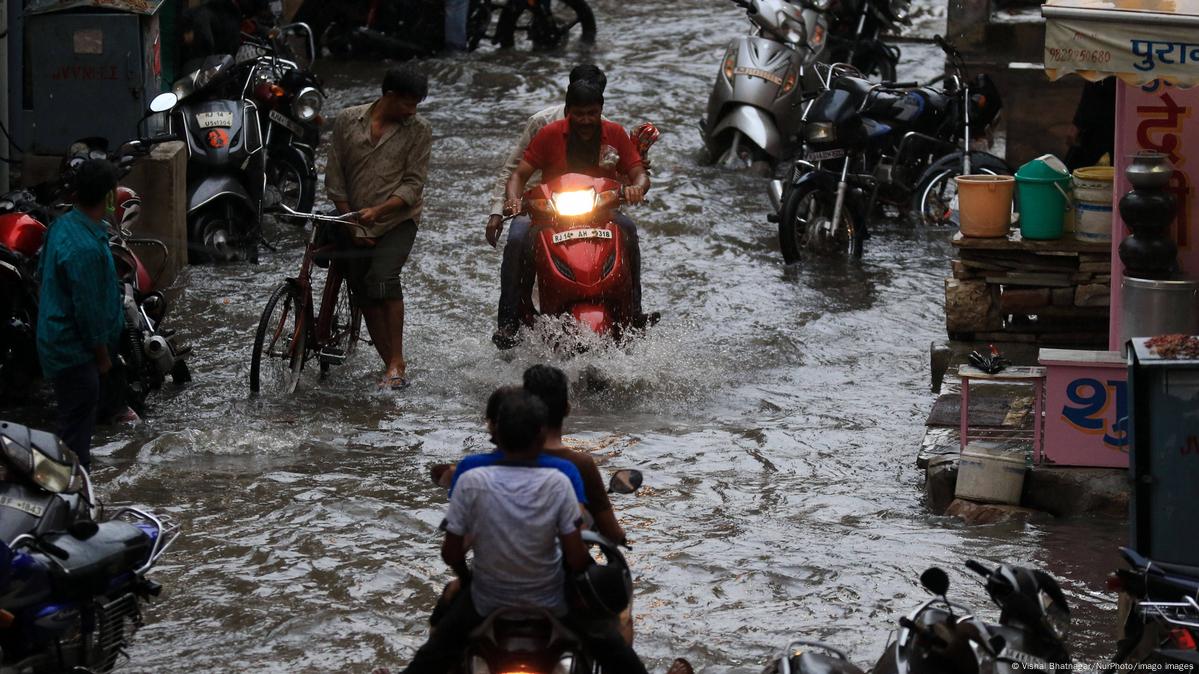
Overcoming Bureaucratic Obstacles to Climate Action in India
India has said it wants to do something about the ongoing problem of climate change, but too much bureaucratic red tape can slow down climate progress. Some of these problems include the inability of government agencies to work together, long delays in getting projects approved, and rules that seem to go against each other.
To find solutions to these problems, the government, public society, and private businesses will need to work together. This could include speeding up the approval process, assisting government representatives with any technical issues they may face, and pressing for greater accountability and openness in the decision-making process.
India will be better positioned to implement policies and programmes that facilitate the transition to a low-carbon and climate-resilient future if it can reduce the amount of bureaucracy that exists in the country.

The Role of Renewable Energy in India’s Climate Change Response
Because India is one of the greatest emitters of greenhouse gases in the world, it is very necessary for India to play a significant role in the process of resolving the global climate calamity. India is able to make a big contribution to the fight against climate change by utilising, for instance, wind and solar energy.
The Indian government has committed to adding 175 GW of capacity for renewable energy by the year 2022, and great progress has been made in this area over the course of the past several years. Renewable energy has the potential to both contribute to economic progress and provide electricity to those who do not currently have access to it. There are a number of challenges that need to be overcome before renewable energy can become more widespread in India. These issues include how to connect to the grid and where to invest the capital.
Conclusion
India’s susceptibility to the effects of climate change is a big problem that the Indian government and the rest of the world need to solve as soon as possible. The most recent research from the McKinsey Global Institute emphasises how important it is to take action to protect vulnerable populations and strengthen the climate change resilience of India’s nine states that are most at risk.
There have been some steps taken by the government of India to battle climate change and protect the most vulnerable groups, but there is still a lot more work that needs to be done. When there are not enough resources available for measures of climate change resilience, renewable energy, and stronger policies to tackle poverty and inequality, the effects of climate change are made worse.
By providing financial resources and specialised knowledge, the global community might be able to lend a hand in coping with the effects of climate change and reducing their severity. Both the population and the ecology of India need to work together if they want to see a safer and more stable future.
Edited by Prakriti Arora




